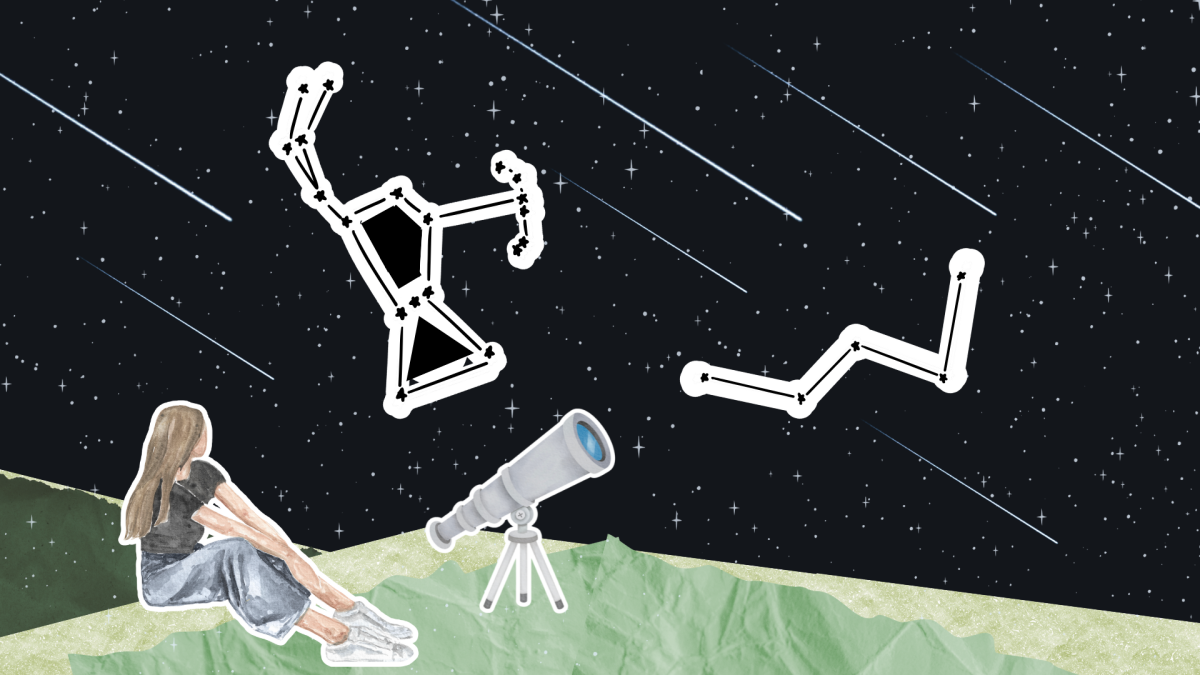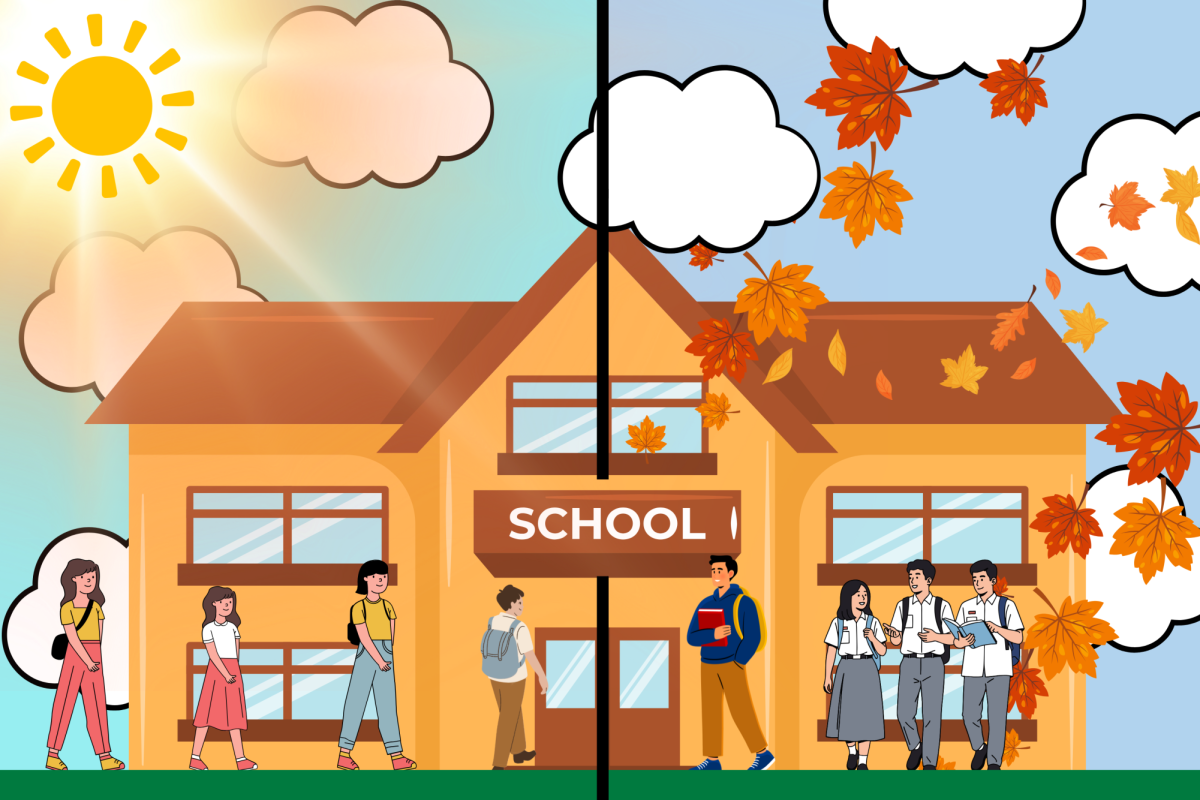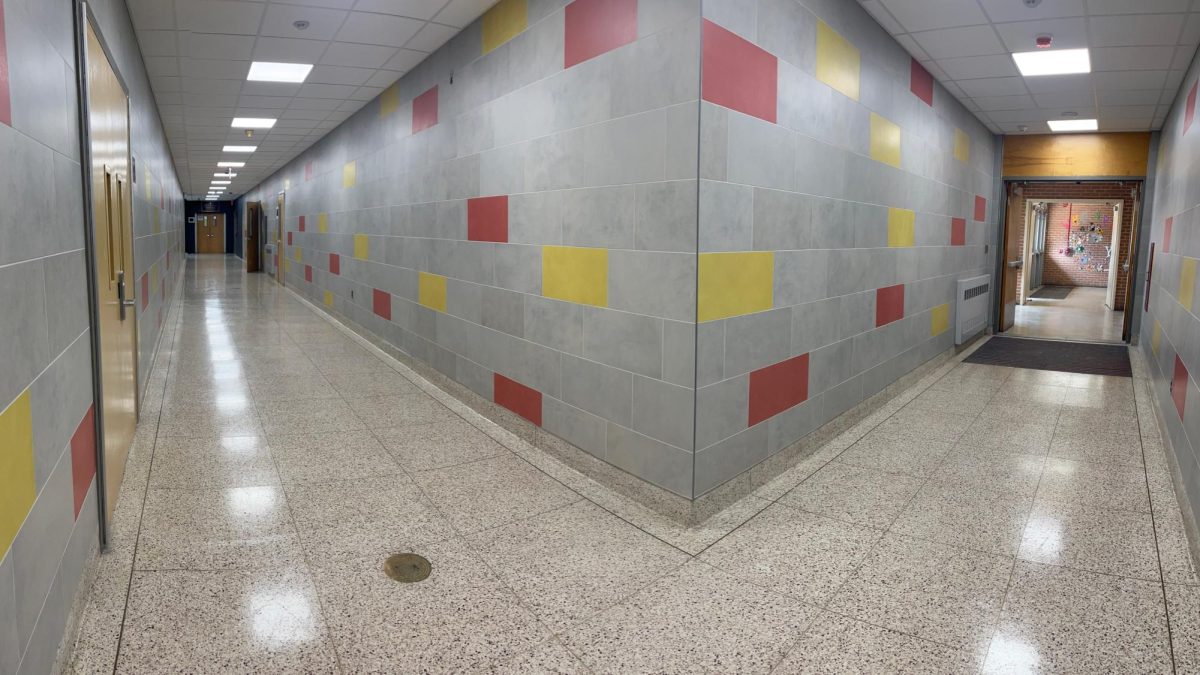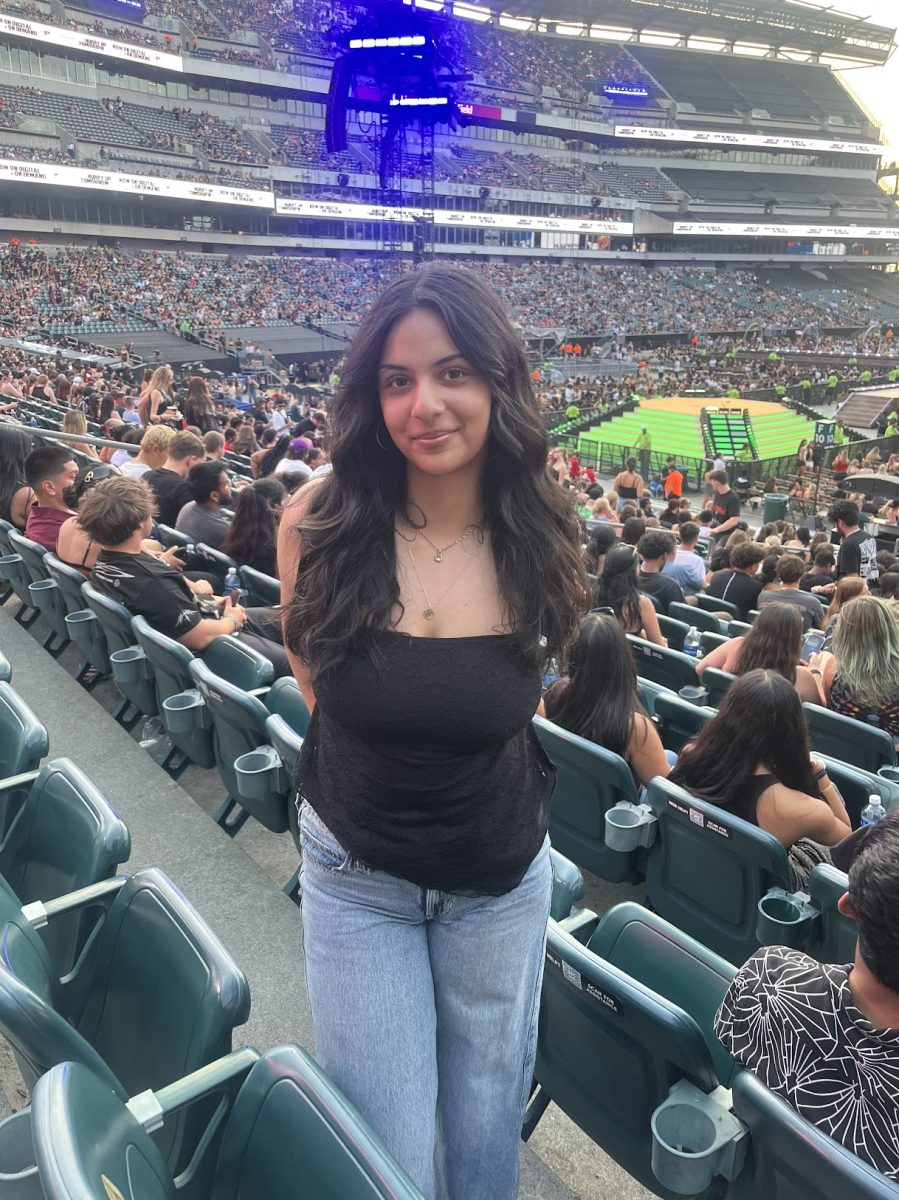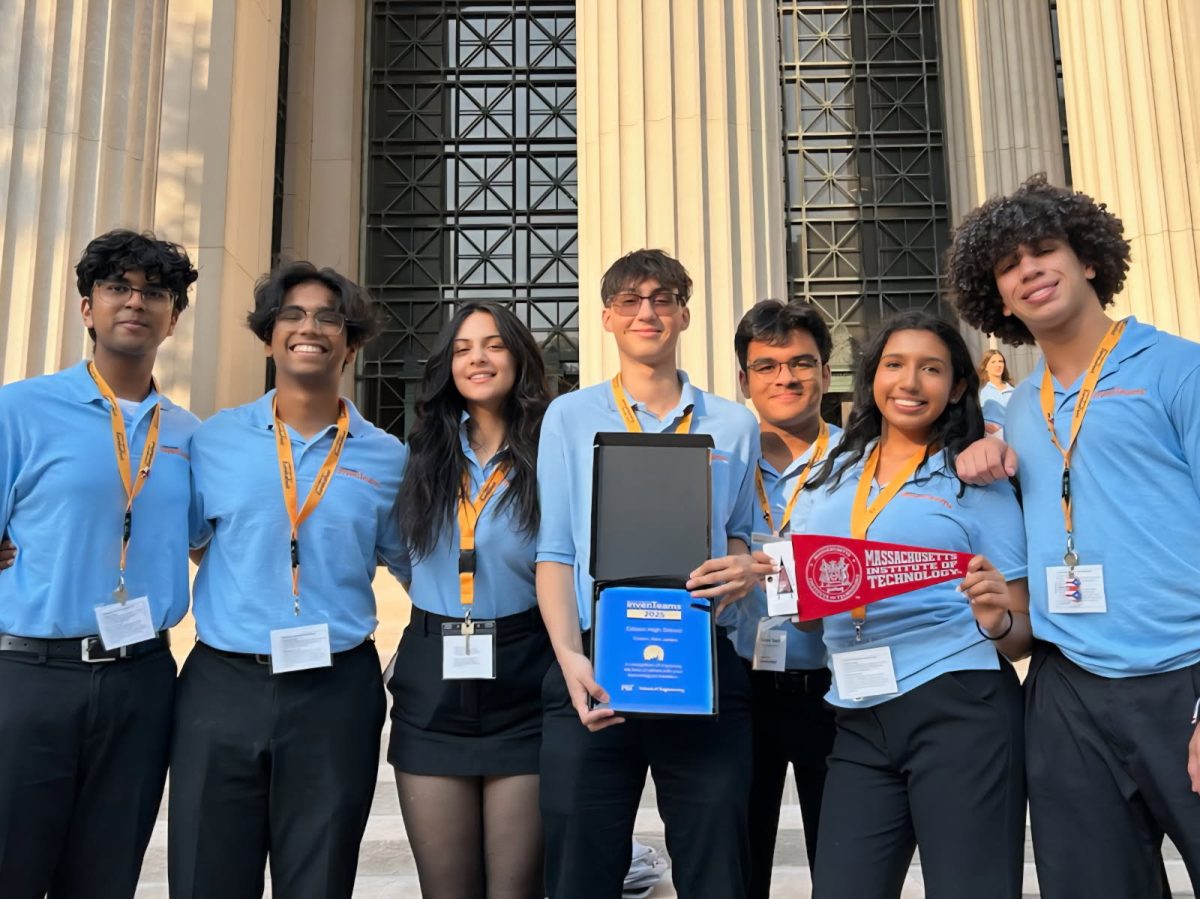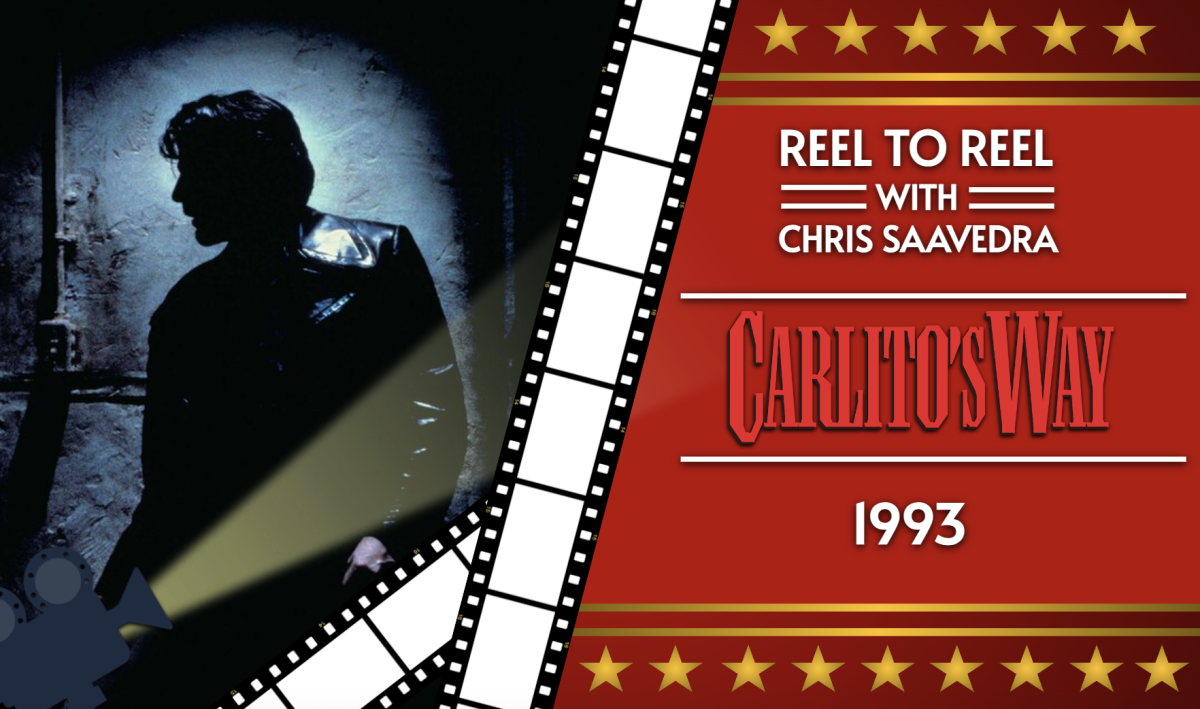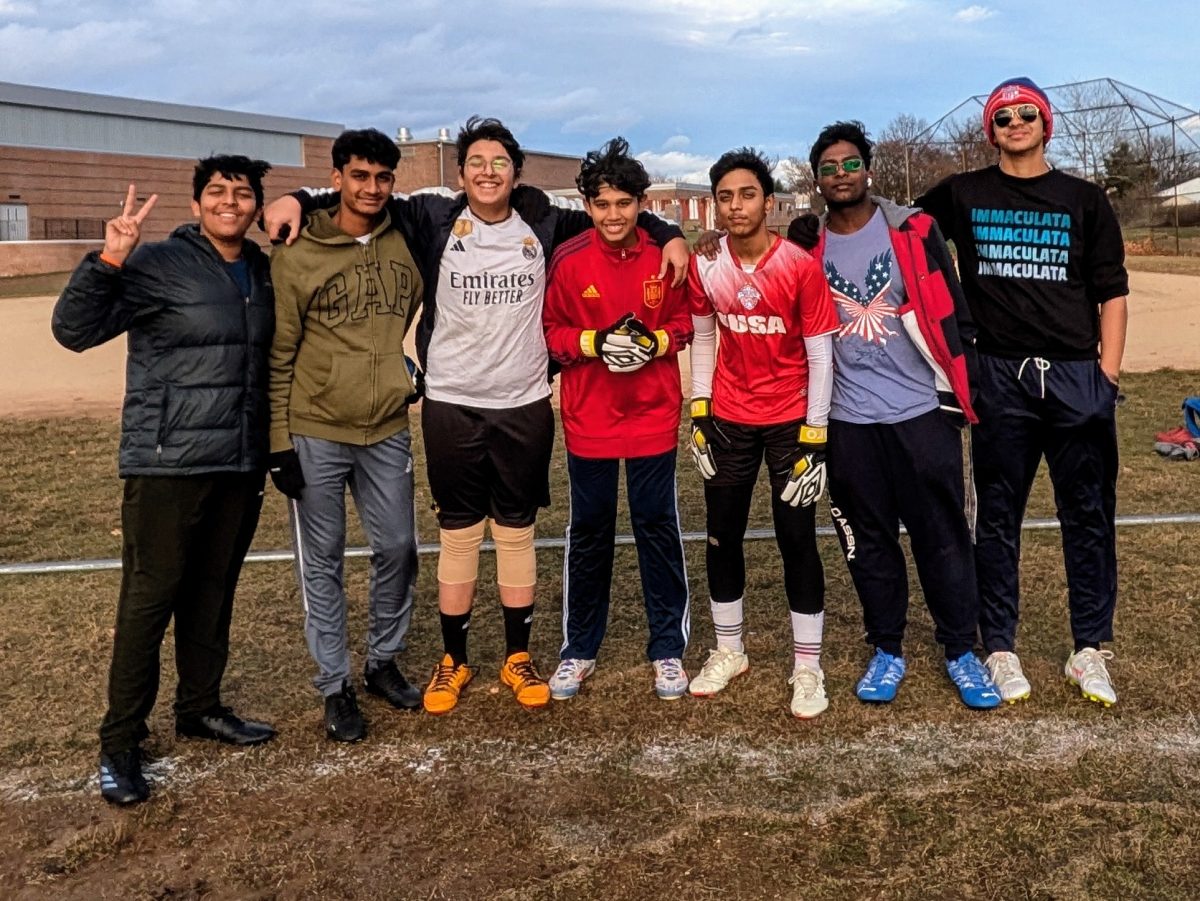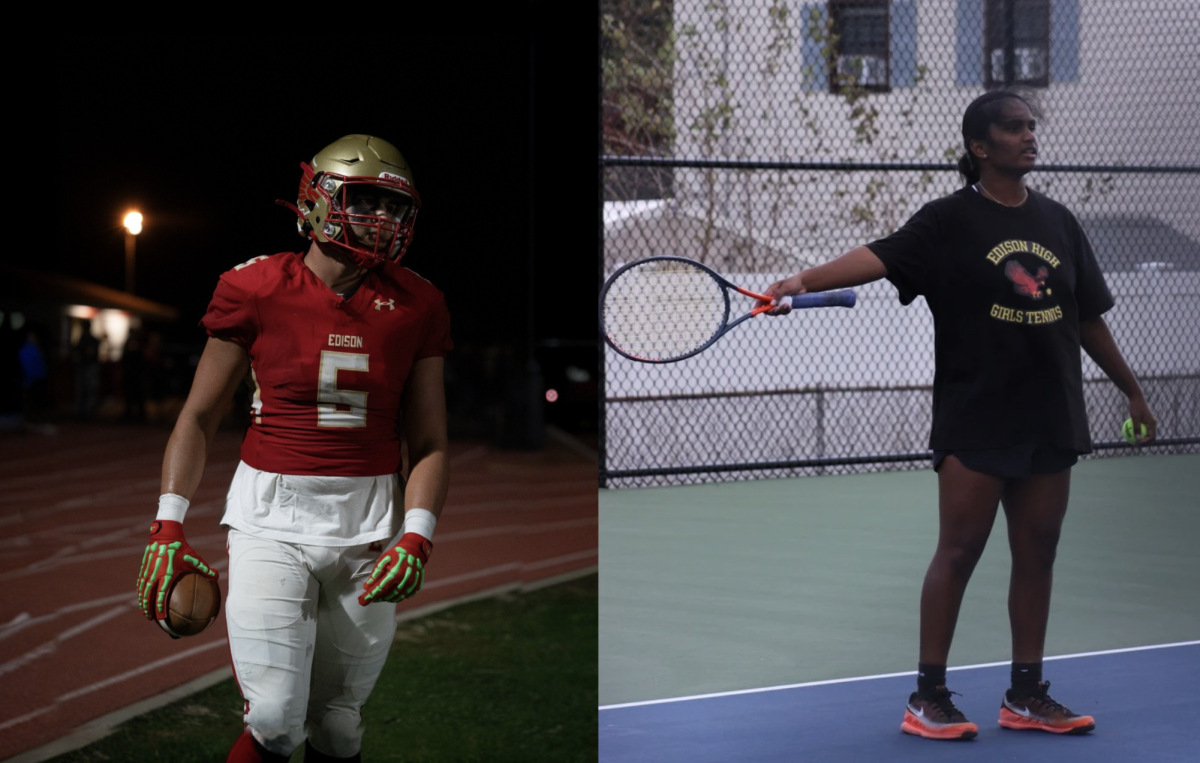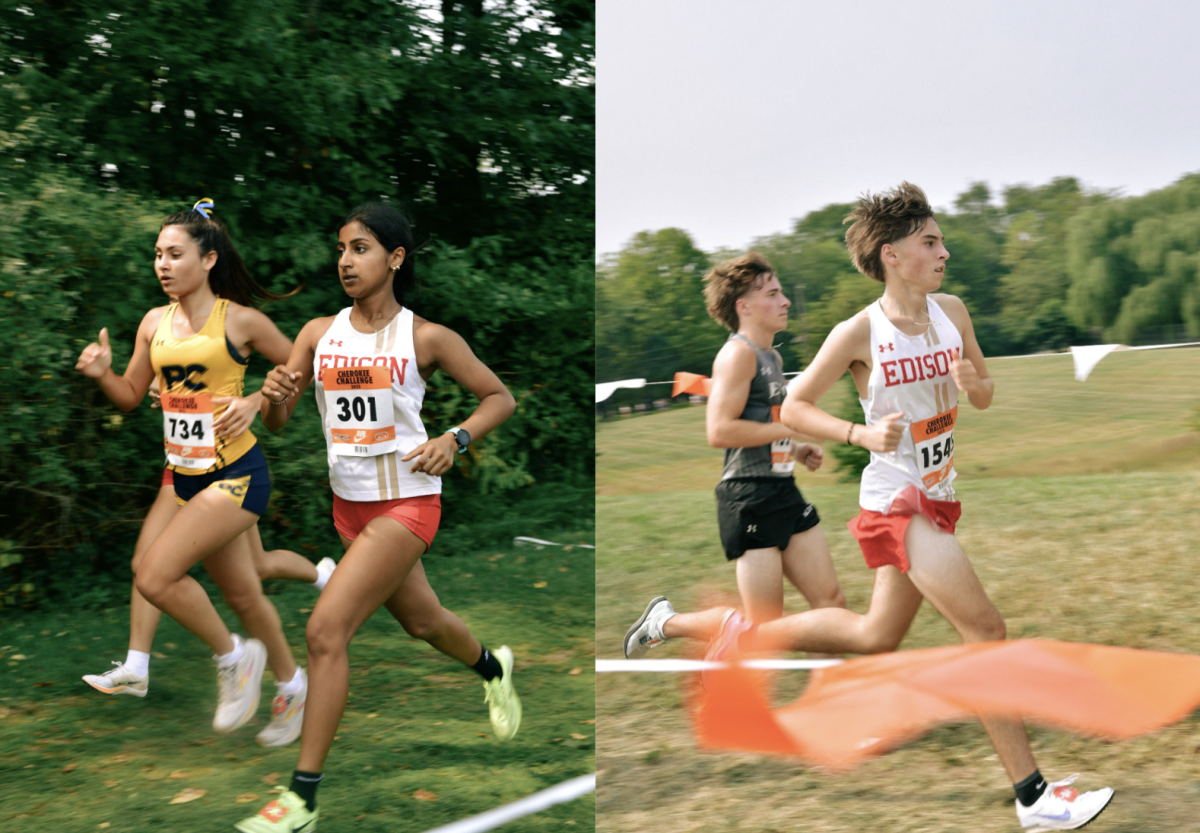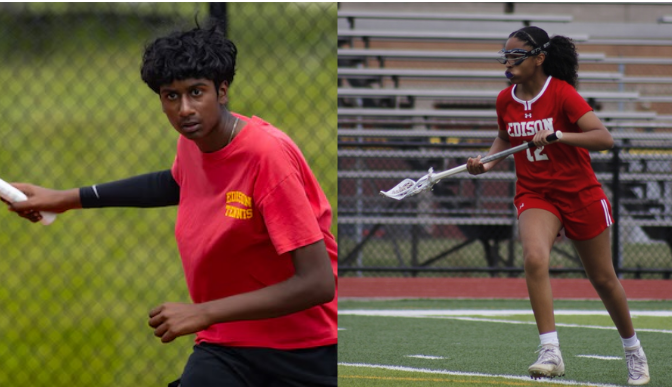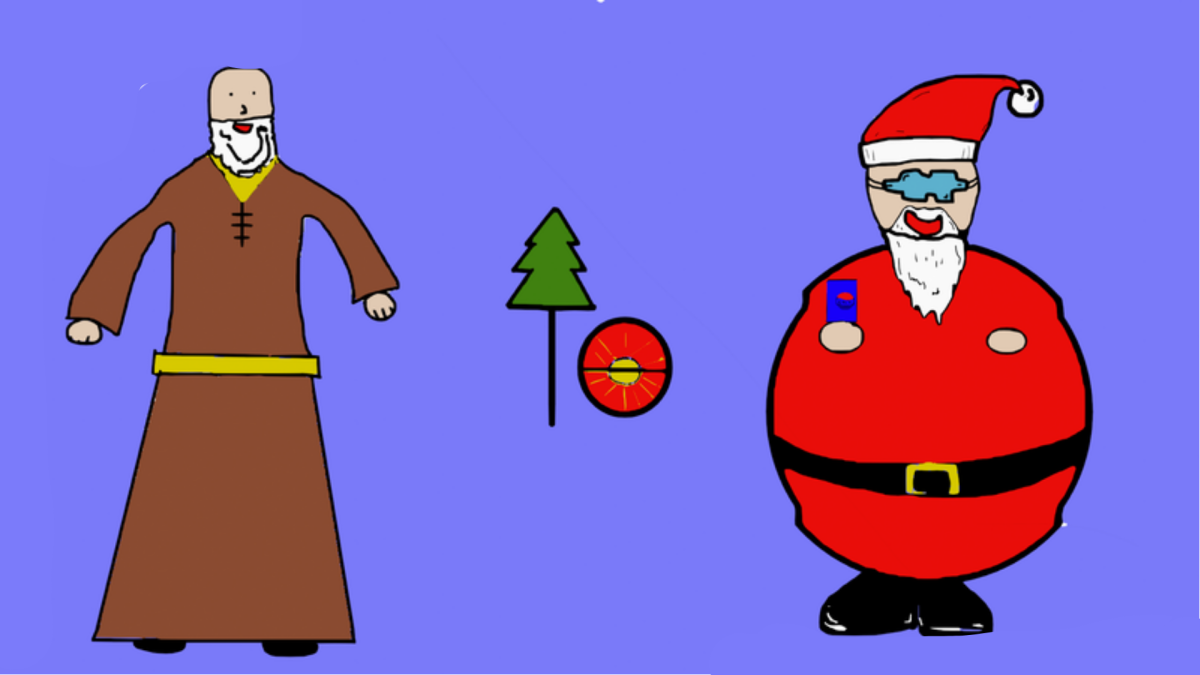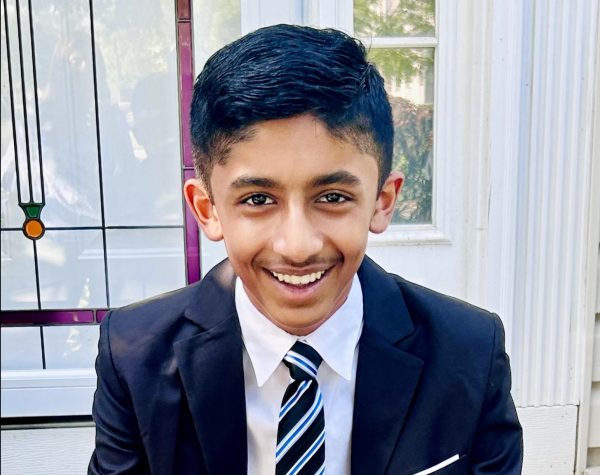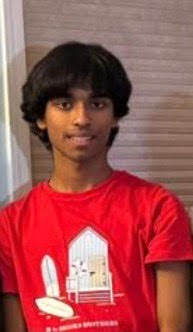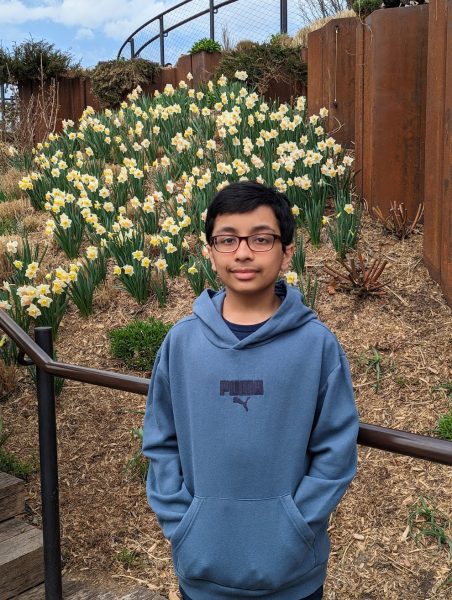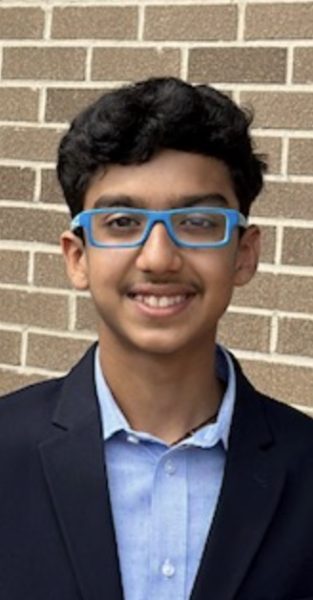This Christmas, many students at EHS look forward to opening presents, spending time with family, and traveling to celebrate. However, in the past, Christmas was celebrated from a purely religious perspective. From pagan origins to modern celebrations people share all over the world, this festive holiday has greatly evolved. We can understand Christmas’ modern-day avatar by recognizing its past.
Centuries before the birth of Jesus, Europeans celebrated light during one of winter’s darkest days. Scandinavians celebrate Yule, a holiday similar to modern Christmas, which marks the return of sunlight from the winter solstice. Romans also held Saturnalia, a month-long tribute to their god of agriculture around the solstice week.
In the 4th century, Pope Julius I set a holiday to celebrate Jesus Christ’s birth, the Feast of Nativity, on December 24, despite no mention of Christ’s birth in the bible. As Christianity spread, so did Christmas’ popularity. In 1645, Puritans who took over England vowed to eliminate the country’s Christian decadence, eradicating Christmas. Similarly, Pilgrims in the New World did not celebrate Christmas, and the holiday only became widely celebrated after the American Revolution. Christmas became a national holiday on June 26, 1870.
Santa Claus originates from St. Nicholas, a monk known to selflessly aid the needy. The modern Santa emerged in 1881, inspired by Thomas Nast’s depiction in “’Twas the Night Before Christmas.”
Christmas has only become more well-known since the creation of the modern Santa Claus and is now one of the most popular holidays in the United States and internationally. The holiday has a strong influence on pop culture, with movies such as Home Alone and songs like “All I Want For Christmas Is You” being heard and seen all over the world every Christmas season. Christmas had a much more religious affiliation in the past in comparison to its avatar today.
But how does the diverse student body at EHS observe the holiday? Students celebrate Christmas with family and friends in a variety of ways, including going to shows, parades, and movies.
“My family as well as our closest friends come together to eat dinner on Christmas Eve. They are the closest thing to our family in the US as all my other relatives live out of the country. We spend Christmas Eve with our chosen family and late in the evening we open gifts,” said Kalina Petrova ‘27, “On Christmas Day, my family and I drive into NYC to walk around, look at the Macy’s Christmas windows, and awe at the Rockefeller Tree”.
Though the preconceived tradition is opening presents on Christmas morning, many students at Edison High open presents on the evening of Christmas Eve. Then, on Christmas Day, students and their families enjoy other traditions such as going to New York City, home to a multitude of Christmas festivities. Other students visit their extended family and integrate their own cultures on this special day.
“I usually spend time with my family as my uncles and aunts come over. We also go to the Rockettes show in New York City. We also often go to an Indian movie in theaters to enjoy with my uncles and aunts” explained Harshavardhan Muralidharan ‘26.
Many traditions that students take part in are influenced by one’s heritage. Common Christmas traditions, such as going to the Rockettes show are also adopted by many immigrants in Edison High.
Additionally, traditions normally associated with Christmas are still practiced. Christmas is thought of as the day of giving by most students.
“I make Christmas cards for all my friends. I also peppermint a gingerbread house and usually help my parents set up the Christmas tree” said Vandan Babaria ‘26.
Despite the evolution of Christmas traditions, events like pepperminting a gingerbread house and setting up a Christmas tree are still at the forefront of all Christmas traditions. Festival decorations are still a key aspect of Christmas for most Edison High School students. Whether it be decorating a Christmas tree or putting up lights in their home, Christmas invokes a festive spirit for most students. The tradition of giving continues. Christmas cards appreciating and recognizing friendships are often given as a token of gratitude.
Marked by traditions like parades, shows, gingerbread houses, and big Christmas trees; Christmas has greatly evolved over the centuries. However, the central theme of the holiday—compassion—remains prominent in the hearts and minds of Edison High students and their real and chosen families.













